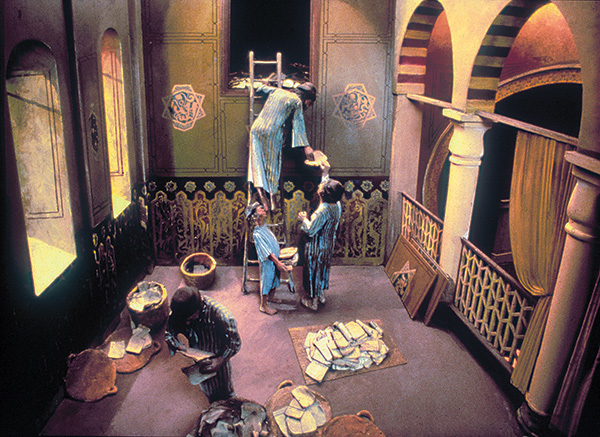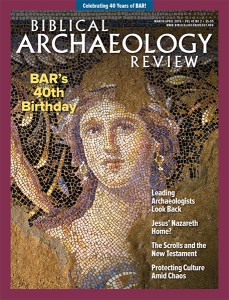The First Dead Sea Scroll Was Found in Cairo
Sidebar to: The Dead Sea Scrolls and the New Testament

A chance purchase by the Westminster sisters (twins Agnes Lewis and Margaret Gibson) in Cairo during the spring of 1896 led to one of the greatest manuscript discoveries—and contributions to the study of Second Temple period Jewish literature—of the 19th century.
The Scottish sisters—Semitic scholars, world travelers and generous benefactors—were traveling through Egypt on the hunt for Biblical manuscripts. Among other successes,a they purchased a bundle of fragments in Cairo. Upon returning to their home, Castlebrae, in Cambridge, they invited Solomon Schechter, Cambridge University’s Reader in Talmudic Literature, to investigate their latest acquisitions.
Among the manuscript fragments, Schechter discovered a scrap of Ecclesiasticus, also known as the Wisdom of Ben Sira—the first to be found in its original language, Hebrew. The discovery was announced to the scholarly world, and others began to search through their recent manuscript purchases. The librarians at Oxford University found nine sheets from the same manuscript of Ecclesiasticus, also purchased in Cairo.
Schechter published the Lewis-Gibson fragment, named after its finders, and speculated that these 11th-century fragments were part of a complete manuscript of the text.
Already a library member? Log in here.
Institution user? Log in with your IP address.

